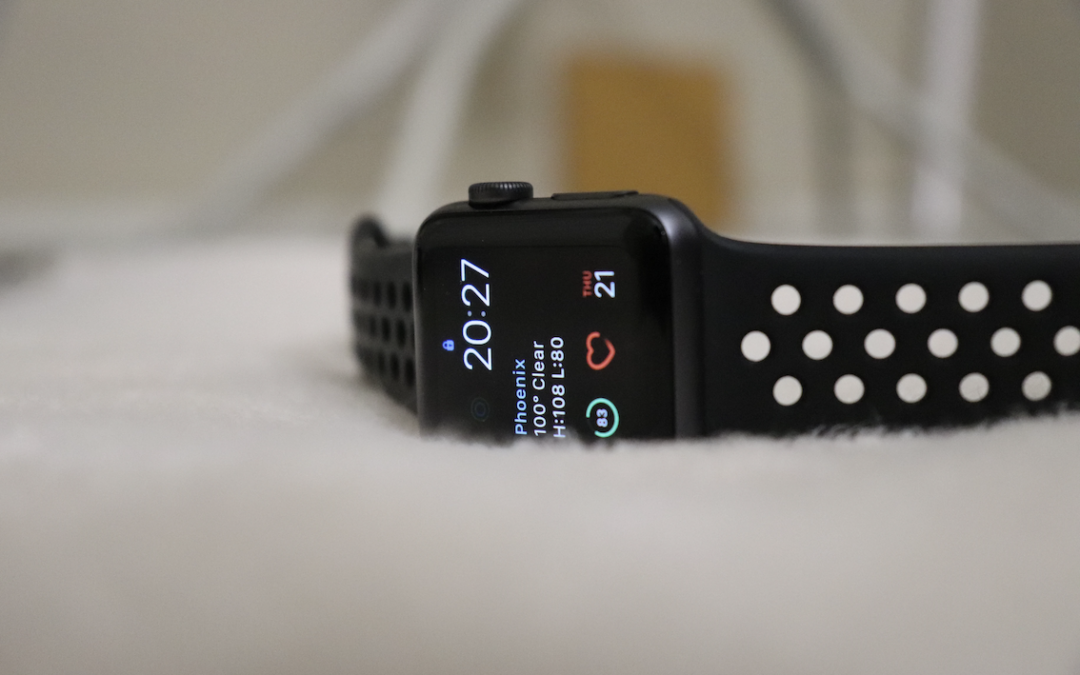Swimming and running are effective forms of exercise that can improve heart health.
- Both running and swimming are good forms of cardiovascular exercise that can burn calories while strengthening and toning muscles.
- Swimming and running offer a wide range of physical, mental, and social benefits, with the main difference being that swimming is less stressful on joints.
- If you have arthritis or suffer from back or joint pain due to an injury, swimming may be a better option for you than running.

When it comes to cardiovascular exercise, running and swimming are both tried-and-true options that can burn calories while strengthening and toning muscles.
Each has its unique benefits and drawbacks: Running is a weight-bearing exercise that can help prevent bone loss, while swimming is considered a low-impact exercise that’s easier on the joints.
“Both exercises offer a wide range of physical, mental, and social benefits to the typical exerciser, “And both are sports suitable for a lifetime of exercise.”
If you’re still not sure whether you should be gearing up for a run or a few laps across the pool, here’s what you need to know about the benefits of both.
Benefits of running

Running offers a variety of health benefits, including improving your heart health, mental health, immune system, and quality of sleep.
However, advises being wary of certain running fads with purported benefits” like running barefoot or in ultra-cushioned shoes” that haven’t been studied sufficiently. Here are five reasons why running is good for you:
- Running is good for your heart. Running strengthens the heart while reducing risk factors for cardiovascular disease. Research has shown that aerobic exercise increases HDL or “good” cholesterol concentrations and also can help lower blood pressure. A large 15-year study published in 2014 found that running at least five to 10 minutes per day, even at low speeds, reduced heart disease risk by up to 45%.
- Running improves your overall immunity. A2019 study found that bouts of aerobic exercise, lasting less than 60 minutes, triggered multiple responses that play critical roles in immune system defense. For example, moderate- and vigorous-intensity bouts of activity were shown to suppress stress hormones (which are detrimental to the immune system) as well as mobilize natural killer cells, a type of white blood cell that can help control infections by minimizing their spread. Meanwhile, a 2011 study found a link between aerobic exercise and resilience to upper respiratory tract infections.
- Running improves your sleep. Sleep deprivation can negatively impact mental health. However, studies have demonstrated that people with chronic insomnia who begin exercising regularly can fall asleep up to 13 minutes faster and stay asleep 18 minutes longer. Experts believe this is because physical activity may help to realign your internal clock.
- Running may help with depression. A 2016 meta-analysis concluded that exercise is comparable to psychotherapy and antidepressants in treating depression. Moreover, a 2015 review concluded that exercise may be a useful treatment for anxiety, though more research is needed. One reason for this connection may be that exercisers get a rush of endorphins ” one of the body’s natural mood elevators. Additionally, if you’re running outside, sun exposure can give you a healthy dose of vitamin D ” which plays a key role in mood regulation.
- Running helps you maintain a healthy weight. Running requires many different muscles to work together at the same time, making it an excellent option for weight loss. A 2018 report revealed that people who exercised 200 to 300 minutes per week were better able to maintain their weight than those who exercised less than 150 minutes per week. Specifically, studies have found that moderate-to-high aerobic activity can reduce belly fat, even without any changes in your diet.
As for risks, “When running, as the foot hits the ground, the ground sends a force upwards into the body which could cause an injury, especially with a high volume of training or poor technique.”
“The only reason that swimming would be better is that it does not place excessive forces on the body,”.

Benefits of swimming
What sets swimming apart from many other types of exercise is that it’s low-impact, meaning your joints are not under constant stress.
“Because of this, swimming is used for injury prevention, recovery, and building muscle without a lot of risk, “Water is great for resistance training which can help build and tone your muscles in all areas of the body.”
Swimming offers many of the same perks as running, such as improved sleep quality and potential weight loss. Here are five more benefits to swimming:
- Swimming may burn more calories than other forms of exercise. According to the Mayo Clinic, a 160-pound person burns about 423 calories an hour while swimming laps at a light to moderate pace” which is more than they’d burn skiing, bicycling, dancing, training on an elliptical machine, golfing, or doing low-impact aerobics with a similar level of effort. “Swimming uses more muscles than running, and they have to work through the resistance of the water, which can increase the overall amount of work, “When more muscles are involved, more oxygen is consumed, which results in greater caloric burn.”
- Swimming can reduce your risk of heart disease. A small 2016 study found that people who stuck to a regular swimming routine had lower blood pressure, decreased carotid arterial stiffness, and increased blood flow to the brain” all of which reduce the risk of heart disease.
- Swimming may help control your blood sugar. According to a small 2016 study, engaging in high-intensity swimming three times a week can improve insulin sensitivity and balance blood glucose” both of which are associated with preventing diabetes.
- Swimming can improve your overall mental health. A 2018 YouGov poll found that swimming has significantly reduced symptoms of depression and anxiety for 1.4 million adults. Plus, 43% of swimmers said that this form of physical activity makes them feel happier, while 26% are more motivated to complete daily tasks and 15% feel that life is more manageable.
- It’s a low-impact activity. Swimming is ideal if you want to get your heart rate up without putting a lot of pressure on your joints because the buoyancy of the water significantly reduces your body weight when you’re submerged at chest level. One small 2016 study found that people with osteoarthritis reported significant reductions in both joint pain and stiffness after swimming.

Swimming is an excellent option for anyone, regardless of age or physical ability. However, people with arthritis or suffering from joint pain are particularly good candidates for this type of exercise. Additionally, swimming is perfect for cross-training since it targets so many different muscle groups.
Although running and swimming are both full-body workouts that can improve your overall health, experts say the main difference between the two involves the level of impact on your joints.
If you have arthritis or suffer from back or joint pain due to an injury, swimming may be a better option for you than running.
“The only reason running would be ‘better’ is that it’s more accessible since to swim, you need access to a pool, “And the only reason that swimming would be better is that it does not place excessive forces on the body. Otherwise, both are almost equally beneficial for overall health.”
Whichever form of exercise you choose, it’s important to check in with your doctor first to make sure you don’t have any underlying medical conditions or injuries that could pose a risk.
A true love for sports


Recent Comments